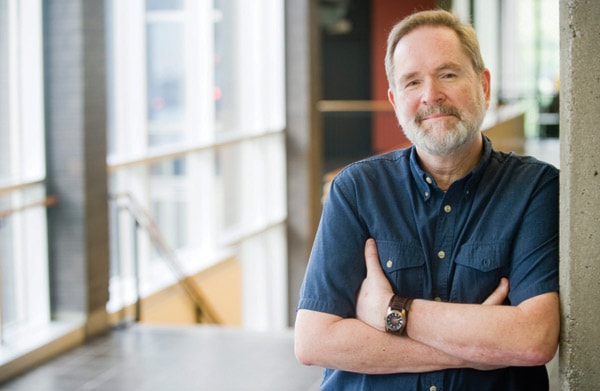TORONTO — Universities across the country will be keeping a watchful eye on their flocks, looking for signs of distress as the fall semester kicks off.
Many are training residence dons and even professors to spot struggling students, part of a broader effort that has seen universities roll out suicide awareness campaigns, wellness classes and stress-management workshops in recent years.
The push comes as campus clinics scramble to assist a growing number of students seeking help as they wrestle with depression, post-traumatic stress, eating disorders and other conditions.
And even with a list of seminars, clubs and centres to choose from, students say it can be hard to know where to turn for help.
Demand for mental health services “has grown exponentially” over the past decade, said Dr. Robert Franck, who heads the mental health clinic at McGill University in Montreal.
Last year, the clinic — one of the few in the country with several psychiatrists on staff — saw some 1,500 new students on top of those who return year-to-year, totalling more than 18,000 visits, he said.
“We try to give appointments within two weeks, because two weeks in the life of a student ... it’s very important when they’re struggling and in trouble,” he said.
At the same time, “the focus for universities is not just facilities for treatment, but looking at preventive measures,” particularly for first-year students, he said.
“What we really need to do is to address issues before the student gets into trouble.”
It’s unclear why universities are seeing more students with mental illness, but experts say it’s partly due to new treatments that help those with existing conditions stay in school — something they might not have been able to do in the past.
Students with depression are twice as likely to drop out, studies show.
Meanwhile, suicide is the second-leading cause of death for teens and young adults, surpassed only by car crashes, according to Statistics Canada.
A handful of high-profile incidents at Canadian schools have cast a spotlight on the struggles of students with mental illness and the need for support on campus.
Nadia Kajouji, a Carleton University student, killed herself roughly three years ago by jumping into an icy Ottawa river. At Queen’s University, six students have died since early 2010, at least two of the deaths deemed suicides.
Over the summer, the university in Kingston, Ont., hired two more counsellors, a mental health nurse and a second part-time psychiatrist.
“We want to make sure we can respond to students” who need help, said Ann Tierney, dean of student affairs at Queen’s.
Still, some students say it’s tough to navigate the range of mental health services schools offer — especially in a moment of crisis.
And though emergency appointments are available on short notice, many students languish on waiting lists for weeks before they can see a specialist or book a followup, they say.
Josh, a computer science student at the University of British Columbia, felt himself spiralling out of control in the fall of 2009.
The 24-year-old, who asked to be identified only by his first name, felt “stressed, anxious and panicky” about his degree, his job prospects and the fact that he hadn’t made as many friends as he’d hoped.
When his appetite vanished and sleep — not to mention schoolwork — became nearly impossible, Josh turned to the university’s hospital. He was instead referred to the campus counselling office.
The counsellor was “very helpful,” but sessions were weeks and sometimes a month apart, he said.
“These long wait times were severely disappointing as I finally sought to get help while feeling worse than I had ever felt up until that point,” he said in an email.
He eventually gave up on the school’s counsellor and, nearly a year later, found a psychiatrist through his family doctor.
The university still plays a role in his treatment, through a student-run support group called The Kaleidoscope.
“The clinic has a cap on how many people it can see,” said Andrea Blair, one of the group’s founders. “We can take people who aren’t in counselling.”
